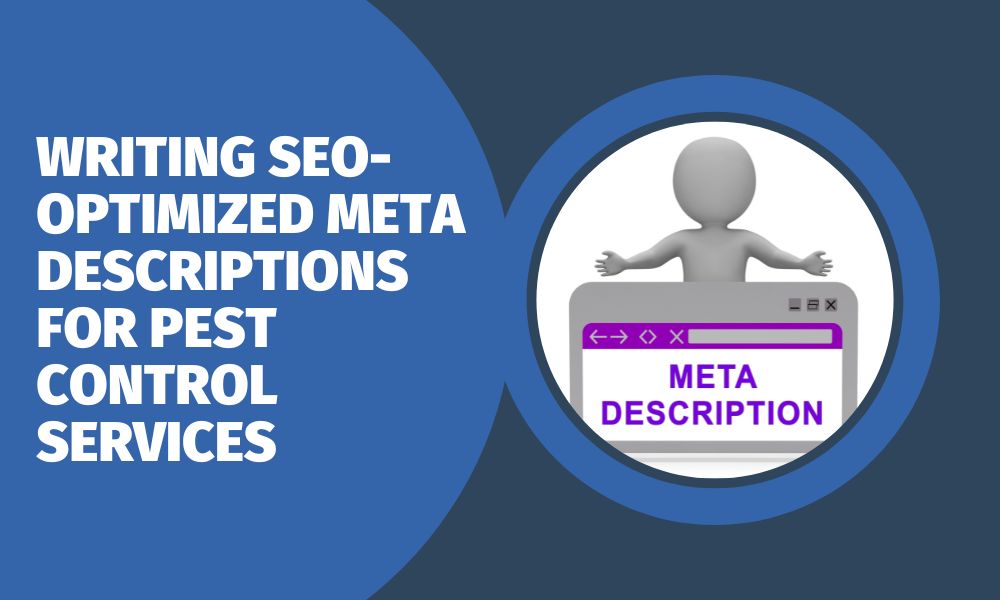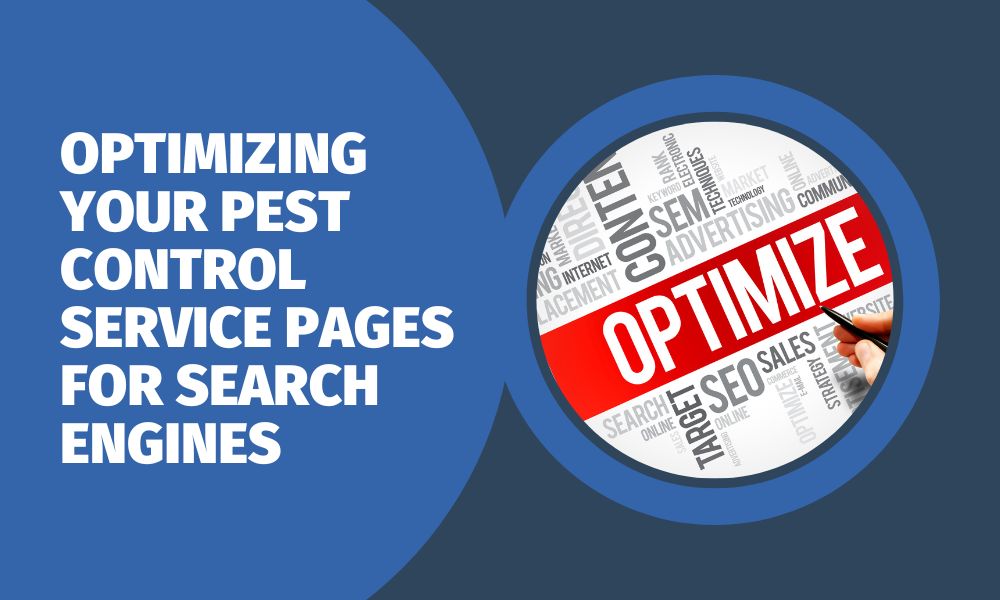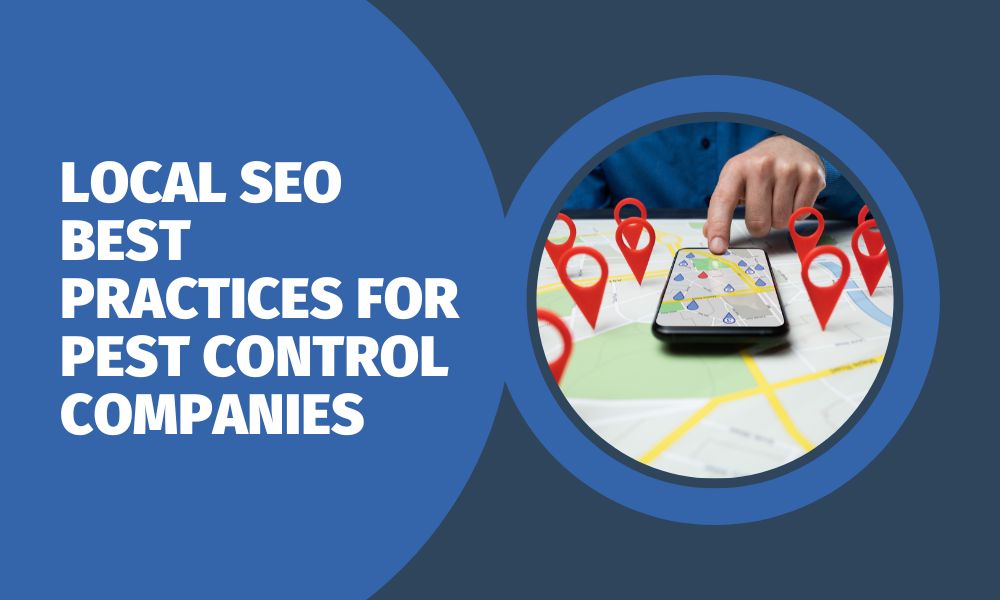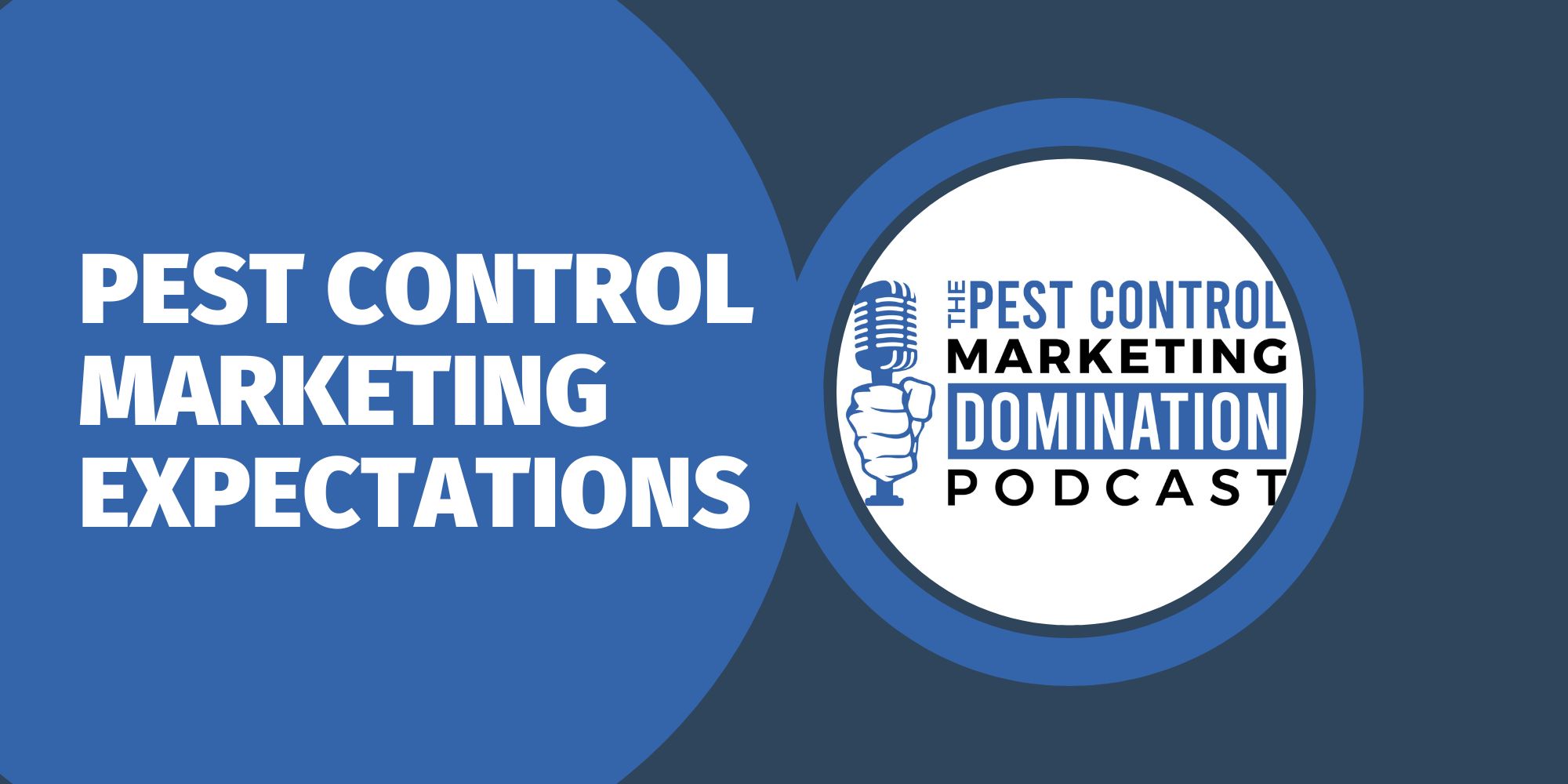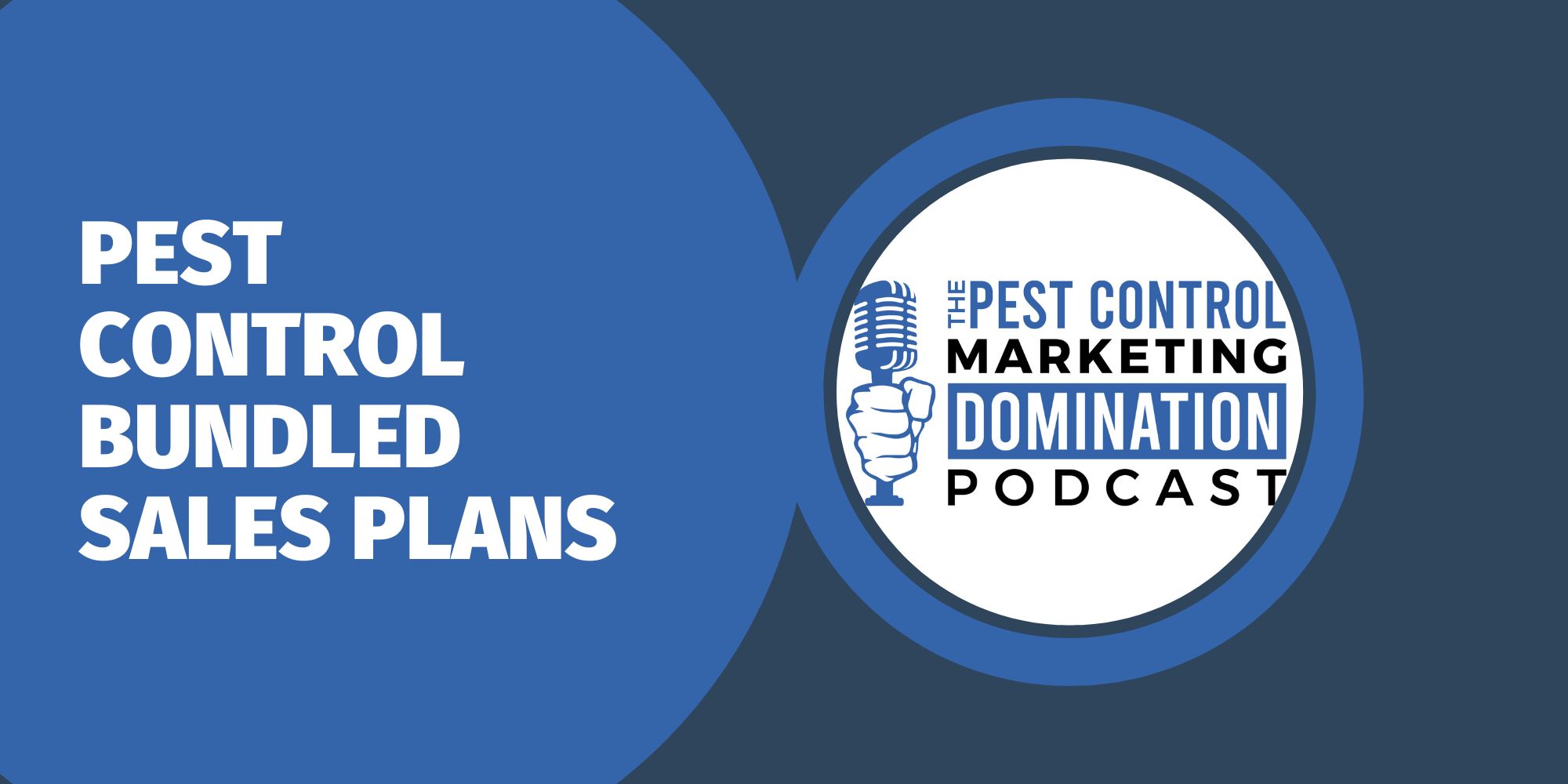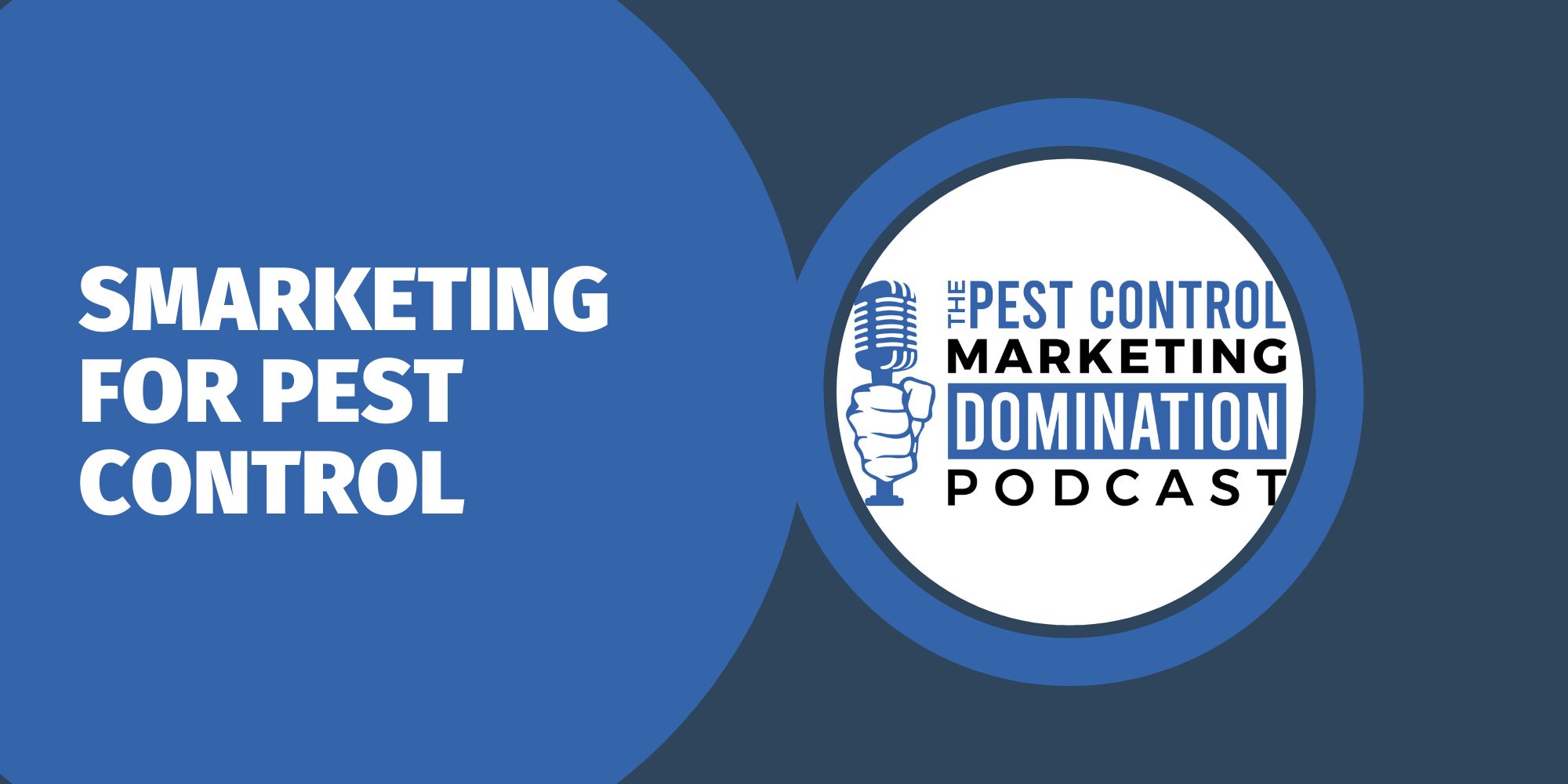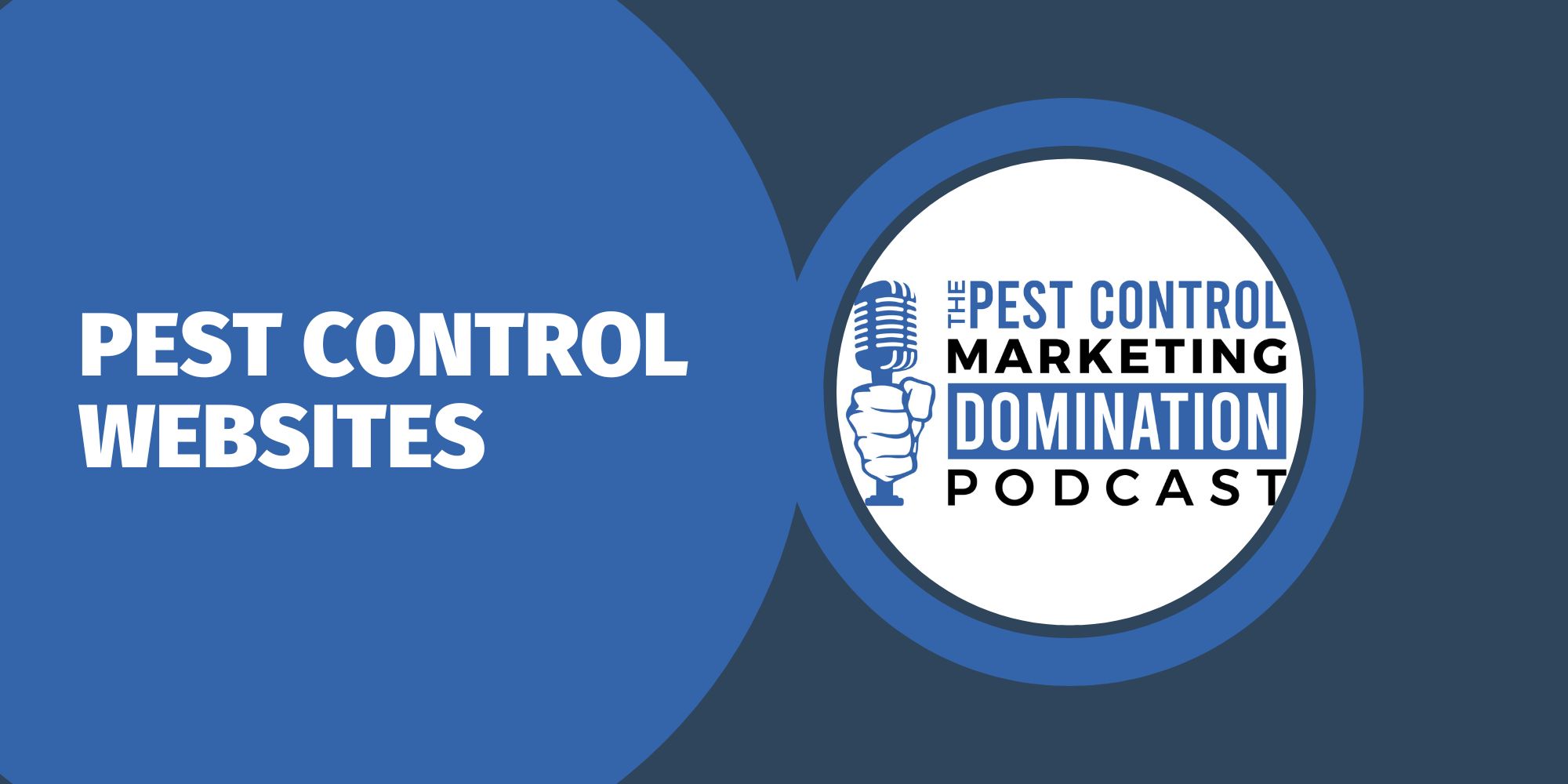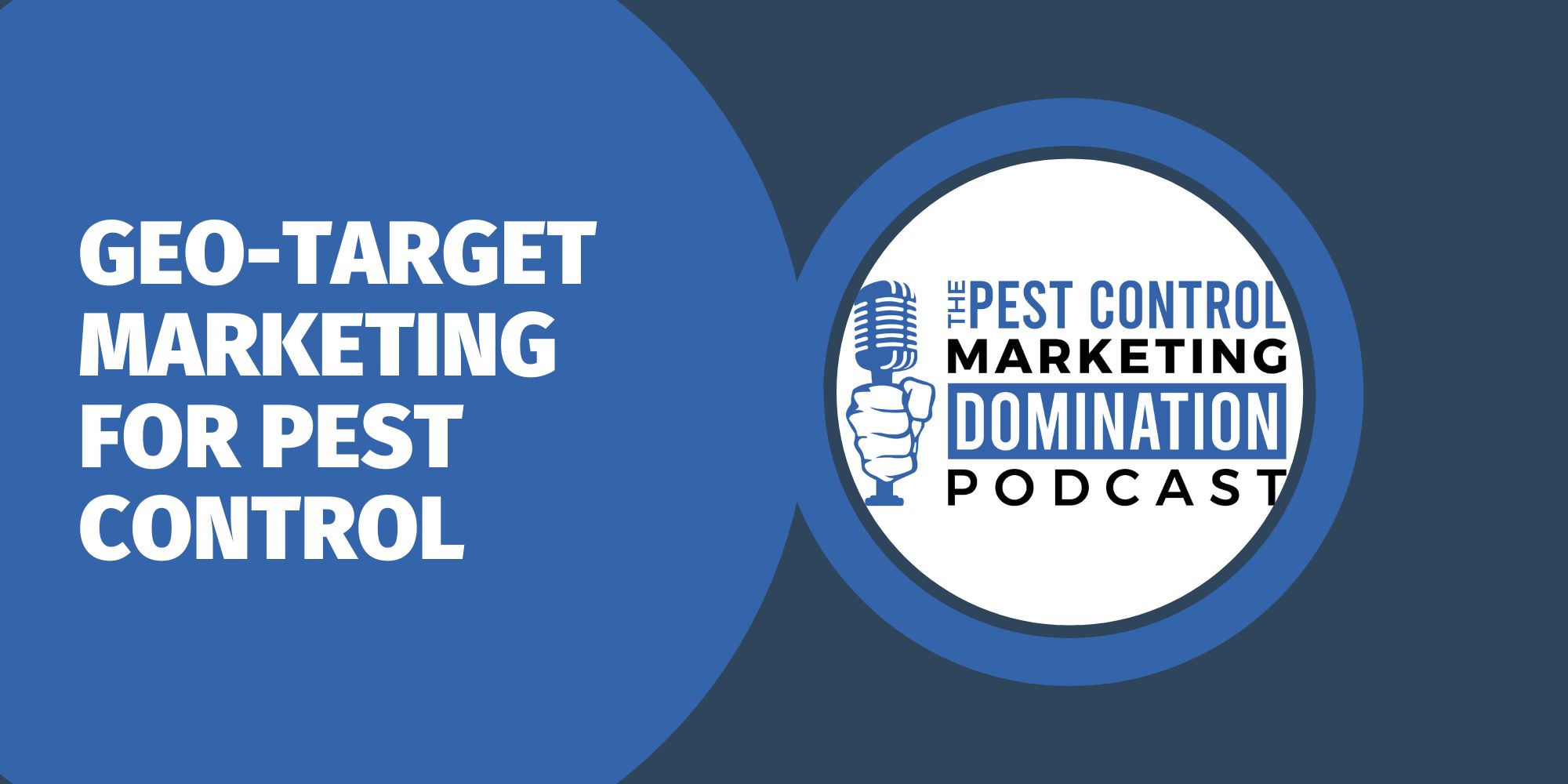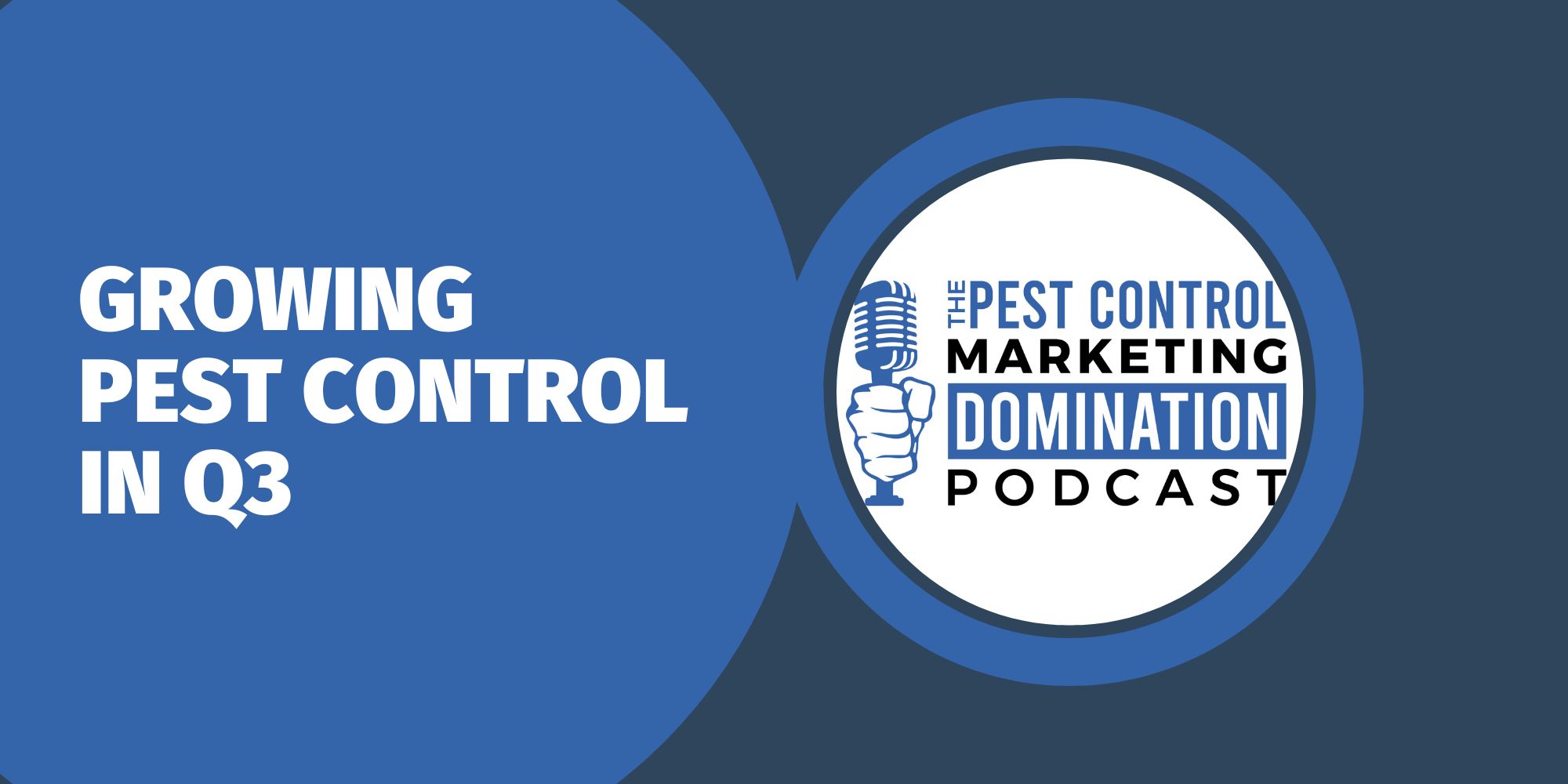Email marketing refers to the act of sending emails with the purpose of communicating a promotional message or engaging with customers. Considering there are over 4 billion daily email users, email is an important tool for pest control businesses, as it allows them to send messages directly to their target audience and increase sales.
There are many benefits to using email marketing for your pest control business, such as:
- Improved customer loyalty – Email marketing allows a pest control business to establish an ongoing relationship with their customers and build loyalty over time
- Increased sales – Emails are an effective way to encourage leads to buy pest control services or existing customers to purchase additional services
- Higher response rates – Emails tend to have higher engagement rates than other forms of marketing
- Cost efficiency – Email marketing is one of the most cost-effective ways to reach a large audience.
Creating an effective email campaign for pest control services requires careful planning and execution. Here are some tips to consider:
How to build an email list that works for you
Your email list is your pest control brand’s greatest asset when it comes to email marketing. As you build your email list, you can leverage your audience and grow your customer base.
So, how do you build an effective email list for your pest control company that does all of the work for you? Let’s take a look.
Start collecting email addresses
This may seem simple, but it’s often overlooked by pest control businesses. First step is to train your staff and your technicians to collect emails and mobile phone numbers from every customer and every lead you talk to every day. Make sure you are adding each contact to your list and keeping it organized and up-to-date.
Next step is to create lead magnets and opt-in forms that you place throughout your website. A lead magnet is exactly what it sounds like—it attracts prospects to join your email list, usually by offering them something free in exchange for their information, such as their email addresses. You might offer them content on your website such as a free eBook or infographic about how to prevent cockroaches, information about mosquitoes, or when to call an exterminator, etc. The idea is to offer valuable information in exchange for a lead’s contact information.
Segment your lists
Once you have an email list, the next step is to segment it. Segmenting your email list can help you to target specific groups with relevant content and drive engagement.
For example, if you focus on residential pest control services, you may want to create separate lists for homeowners. If you offer commercial pest control, create a list for all of your commercial clients.
Create an email marketing strategy
Now that you have a list of contacts, it’s time to develop an email marketing strategy. Start by defining your goals – what do you want to achieve with your email campaigns? Do you want to convert leads into sales or do you want to improve engagement with existing customers? Once you have a clear idea of what you want to achieve, you can start crafting your email campaigns.
Consider the type of content you will send, how often and when you will send it, and any incentives or discounts you may offer. You’ll also need to consider which metrics to track – for example, open rate, click-through rate and unsubscribe rate. Using a marketing automation software can help you analyze any results you would like to see.
Send the right people the right message at the right time
Timing is the key to success when it comes to email marketing. Sending emails at the right time will lead to higher engagement and renewed interest in your pest control services. Subscriber segmentation is the most effective email marketing strategy. By putting your subscriber’s into different lists, you can send targeted content that gets their pain points, leading to conversions.
You might find that offer-based content does better during certain times of day or week, for example. You can use this information to create more effective email campaigns that drive engagement.
Think about your content
Nobody wants to read jargon-heavy, boring emails, so make sure that you create content that is engaging, relevant and useful. You should also consider how to format your emails – break up the text with headings, images and other visual elements.
People love to read short, sweet and to-the-point emails. If you’re sharing advice around certain pests, like bed bugs or fleas, be sure to include helpful tips and advice on how to treat them. Images and smaller text boxes tend to perform better in email campaigns, as they’re easier to digest.
Optimize for mobile
With more and more people using their phones to access emails, it’s important to make sure that your emails are optimized for mobile devices. This means reducing the size of images and other elements, so that your email looks great no matter where it is being viewed from.
Personalization is key
Personalization is one of the most important aspects of any email campaign. People want to feel like they are being communicated with as an individual, not just part of a mass mailing list.
Final thoughts
Email marketing can be a powerful tool for pest control companies, but it requires careful planning and execution for successful results. By following the tips outlined above, you can create an effective email marketing campaign that will help grow your pest control business.










